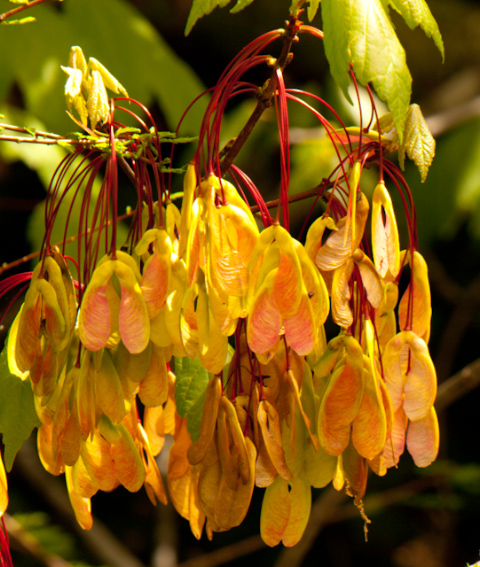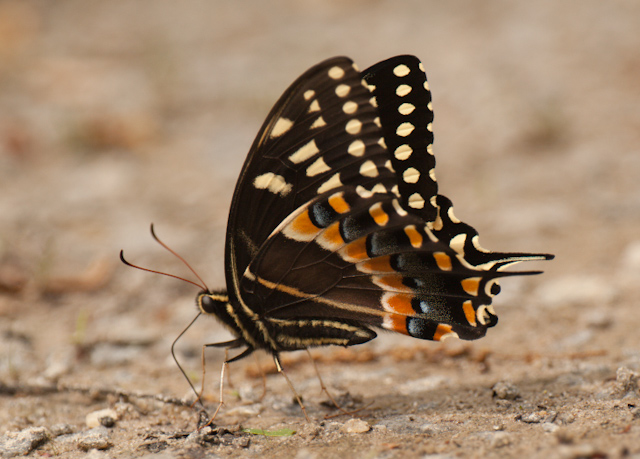 |
| Juniper hairstreak |
Well, I've been a slacker and haven't posted to this blog in a while, but I don't want to miss participating in Sage Butterfly's Earth Day Reading project. I'm also linking in with Macro Monday on Lisa's Chaos (scroll down to see the life-sized cicada...) Earth Day (and spring in general) is a great time to think about how to give nature a helping hand. The Sage Butterfly invites us to write about a book that inspires us to live or garden more sustainably or encourages a love of nature.
I highly recommend Douglas Tallamy's Bringing Nature Home. If you don't already consider wildlife in your garden plans, this book will definitely give you something to think about. If you do already garden for wildlife or garden sustainably, this book will also give you something to think about. In fact, as I discovered while I was rereading the book so I could post about it, even if you've already read the book and took its lessons to heart, this book will still give you something new to think about.
 |
| Eyed click beetle |
I can't articulate Tallamy's message nearly as well as he can, but the core set of ideas that the book is centered around are these. First, that natural places and the wildlife that needs them are taking a terrible hit. Second, that gardeners in particular have an opportunity to support wildlife by the choices we make of what to plant in our gardens. Specifically, native plants in gardens or suburban yards can make a huge difference in supporting wildlife, specifically birds. And here's the real key idea: the reason that native plants and not other plants are so vitally important is insects. Tallamy makes the great point - obvious in retrospect, but certainly nothing I had ever thought of before reading the book - that nearly every creature on earth gets all the energy it needs from the sun but only indirectly. Only plants can photosynthesize and use that energy directly. Plant-eating insects are then mostly responsible for transferring that energy up the food chain. A fact that I did not know before reading this book is that even most birds that eat seeds and berries need insect protein to feed their young. So without insects, birds can't survive. But insects for the most part can only eat plants that they co-evolved with. Non-native plants do not feed many insects and therefore are not of much help to feed birds. Non-native plants are shouldering out native plants, not just in our gardens but in wild places as well. This creates sterile landscapes with fewer insects and therefore less bird food and puts added pressure on birds and other species to survive. But gardeners can put more native plants in their gardens and feed native insects and therefore produce more "bird food."
 |
| White-margined burrower bug (nymph) |
No matter how you feel about gardening with native plants, this book is a good read. Whether you are already in favor or a little cool to the idea, I think your perspective might change at least a little bit. If you aren't crazy about the idea of insects eating your plants, read the book. It's probably not like you think. Native insects do not generally do noticeably huge amounts of damage on native plants, in contrast to, say, Japanese beetles on roses. Reading this book might give you a new appreciation for the vast diversity of native insects that do not cause any inconvenience to humans - but which do provide food for baby birds and other wildlife. On the other hand, I was already a big insect fan. (The pictures on this post are some of my photos of native plant-eating insects I've photographed in my garden.) I enjoyed the chapter describing many families of insects in detail, including many interesting facts I didn't know. For instance, the milkweed bug migrates (as does the more familiar milkweed eater, the monarch). The milkweed bug eats the seeds of milkweed plants. It migrates to follow the timing of milkweed plants setting seed. Another chapter on specific tree families and the insects they support was also very interesting and useful.
 |
| Annual cicada |


























